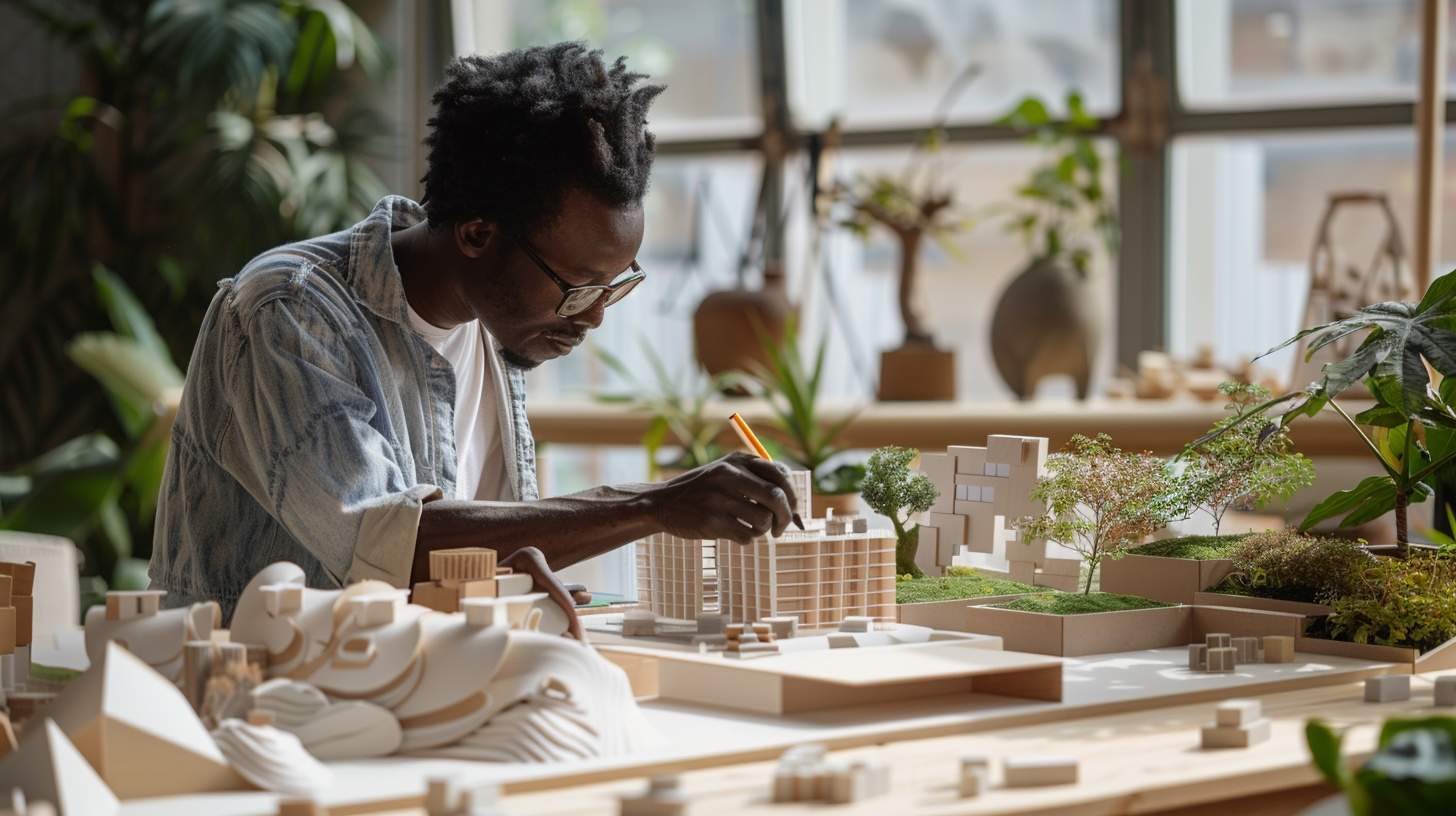
Nature’s Ingenious Designs while Exploring Biomimicry in Architecture
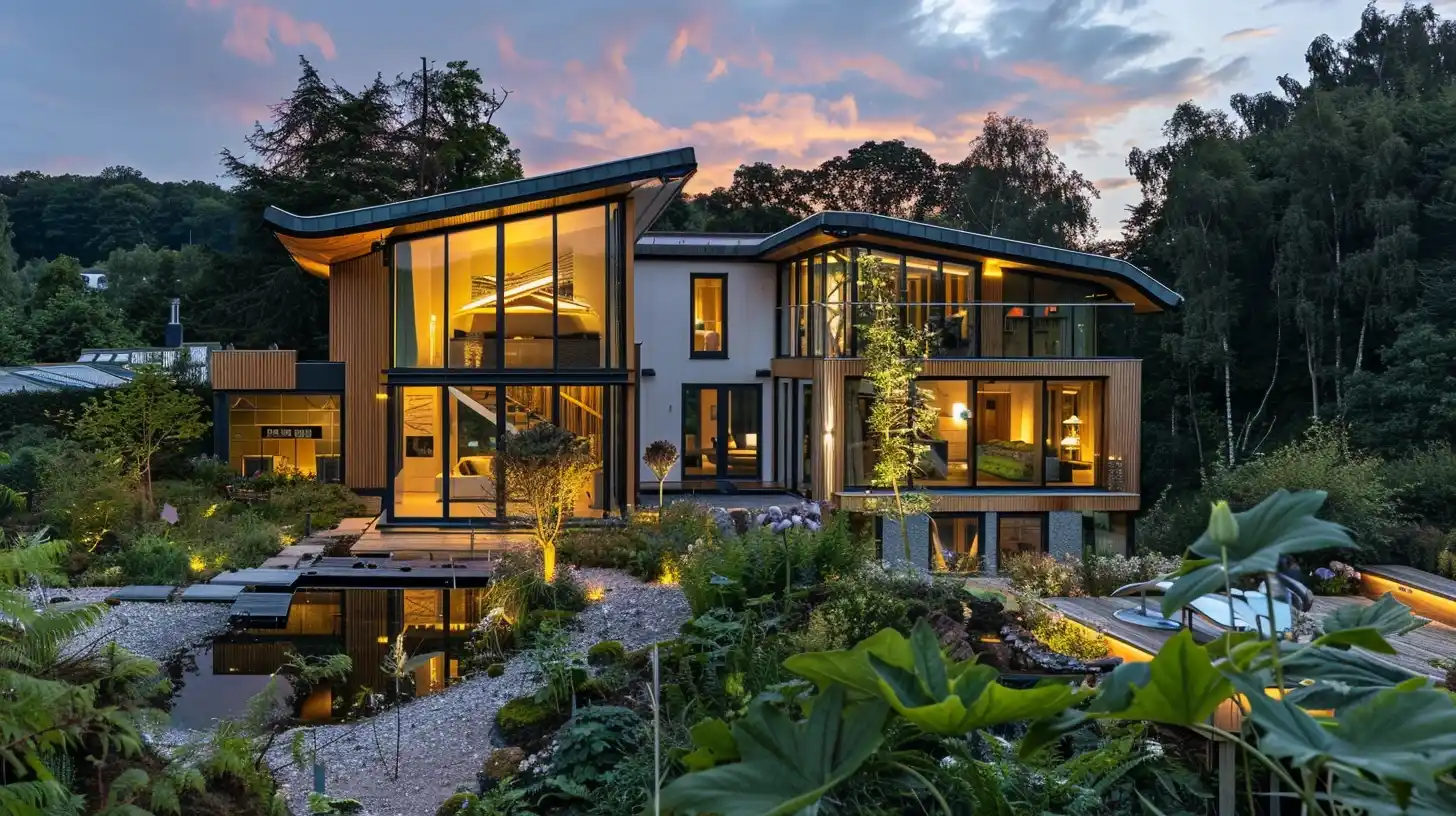
Biomimicry in architecture is a fascinating journey into nature’s ingenious designs, where buildings and structures take inspiration from the world around us. It’s a scientific approach rooted in observing and emulating the forms, processes, and ecosystems found in nature to create sustainable and efficient designs. But what exactly does this mean, and how does it influence the world of architecture?
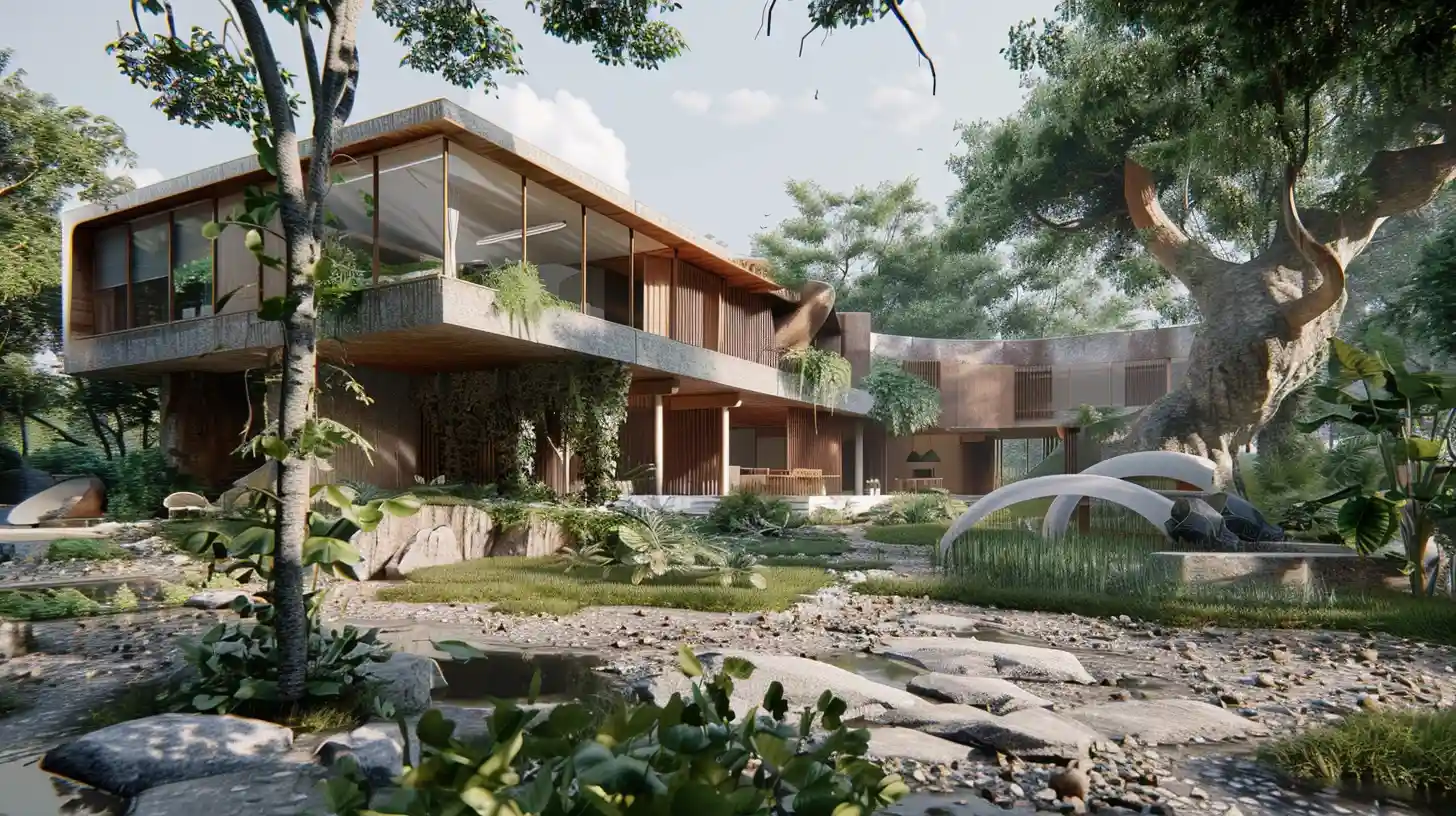
Latest
Categories
Let’s Talk About Biomimicry In Architecture
Imagine a building that cools itself like a termite mound or one that mimics the strength and flexibility of spider silk. These are just a couple of examples of how architects are turning to nature for inspiration in their designs. Biomimicry allows architects to harness millions of years of evolution to solve complex design challenges in innovative ways. Instead of reinventing the wheel, they’re looking to the natural world for tried-and-tested solutions.
Balancing Efficiency and Harmony
At its core, biomimicry architecture is about creating buildings that not only function efficiently but also harmonize with their environment. By studying how plants, animals, and ecosystems operate, architects can develop structures that are not just sustainable but also resilient and adaptable. This approach is particularly crucial in today’s world, where the need for eco-friendly solutions is more pressing than ever.
But biomimicry isn’t just about copying nature—it’s about understanding its underlying principles and applying them in creative ways. It’s about asking questions like: How does nature achieve such remarkable feats with minimal resources? How can we adapt these strategies to improve the way we design and build?
Biomimicry Principles
To truly understand biomimicry in architecture, it’s essential to grasp the principles that underpin this innovative approach. Biomimicry is not simply about copying nature’s forms; it’s about deciphering the strategies that have allowed life to thrive on Earth for millions of years. By studying these principles, architects can gain valuable insights into how to create buildings that are not only sustainable but also conducive to human well-being.
Resilience
One of the key principles of biomimicry is resilience. Nature has evolved incredibly resilient systems that can adapt to changing conditions and withstand external pressures. By mimicking these adaptive strategies, architects can design buildings that are better equipped to handle environmental challenges such as extreme weather events, temperature fluctuations, and natural disasters.
Resource Efficiency
Another fundamental principle is resource efficiency. Nature operates on a “waste not, want not” basis, utilizing resources sparingly and efficiently. Architects can apply this principle by designing buildings that minimize energy and material consumption, reduce waste generation, and maximize resource reuse. From passive solar design to rainwater harvesting systems, there are countless ways to integrate resource-efficient strategies inspired by nature into architectural projects.
Biodiversity and Interconnectedness
Furthermore, biomimicry emphasizes the importance of biodiversity and interconnectedness. Ecosystems rely on diverse communities of organisms working together in complex networks. Similarly, buildings can benefit from diverse design elements and systems that complement and support each other. By fostering diversity and interconnectedness in architectural design, architects can create more resilient and vibrant built environments.
Larger Ecological Systems
Lastly, biomimicry encourages a holistic approach to design that considers the long-term impacts of buildings on both the natural and human environments. Instead of viewing architecture as separate from nature, biomimetic designers see buildings as integrated parts of larger ecological systems. This perspective prompts architects to prioritize regenerative design strategies that enhance ecosystems, promote biodiversity, and contribute to the overall health and well-being of communities.
Real-World Applications
Now that we’ve covered the principles of biomimicry, let’s take a closer look at how these concepts are being applied in real-world architectural projects. From innovative materials to cutting-edge design strategies, biomimicry is revolutionizing the way buildings are conceived, constructed, and operated.
Eastgate Centre in Harare, Zimbabwe
One striking example of biomimicry in architecture is the Eastgate Centre in Harare, Zimbabwe. Designed by architect Mick Pearce, this commercial building draws inspiration from termite mounds to create a highly efficient ventilation system. By mimicking the structure of termite mounds, which use passive cooling techniques to regulate temperature, the Eastgate Centre is able to maintain comfortable indoor conditions without relying on traditional air conditioning systems. This not only reduces energy consumption but also lowers operating costs and carbon emissions.
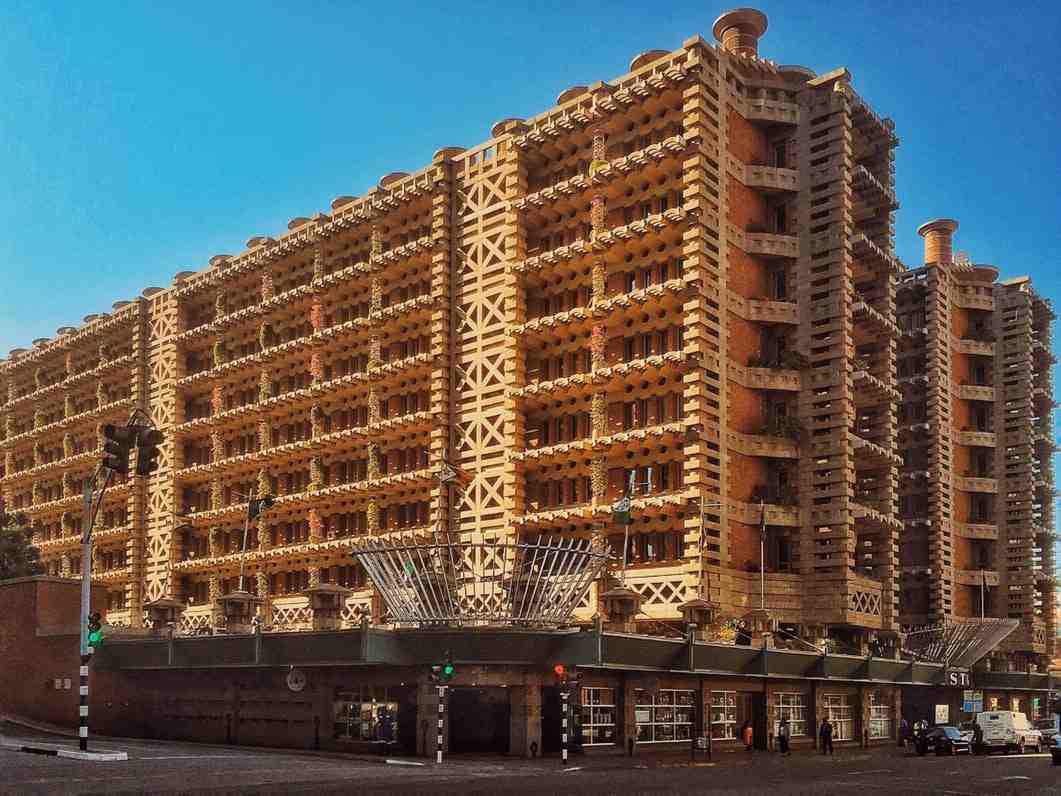
Eden Project in Cornwall, UK
Another remarkable project is the Eden Project in Cornwall, UK, renowned for its iconic biomes that house diverse ecosystems. Designed by architect Nicholas Grimshaw, the biomes emulate the structure of soap bubbles and pollen grains, allowing for expansive, lightweight enclosures without the need for internal support. This innovative design approach maximizes natural light penetration and creates optimal growing conditions for the plants and organisms within, showcasing the potential of biomimicry to create immersive and sustainable built environments.
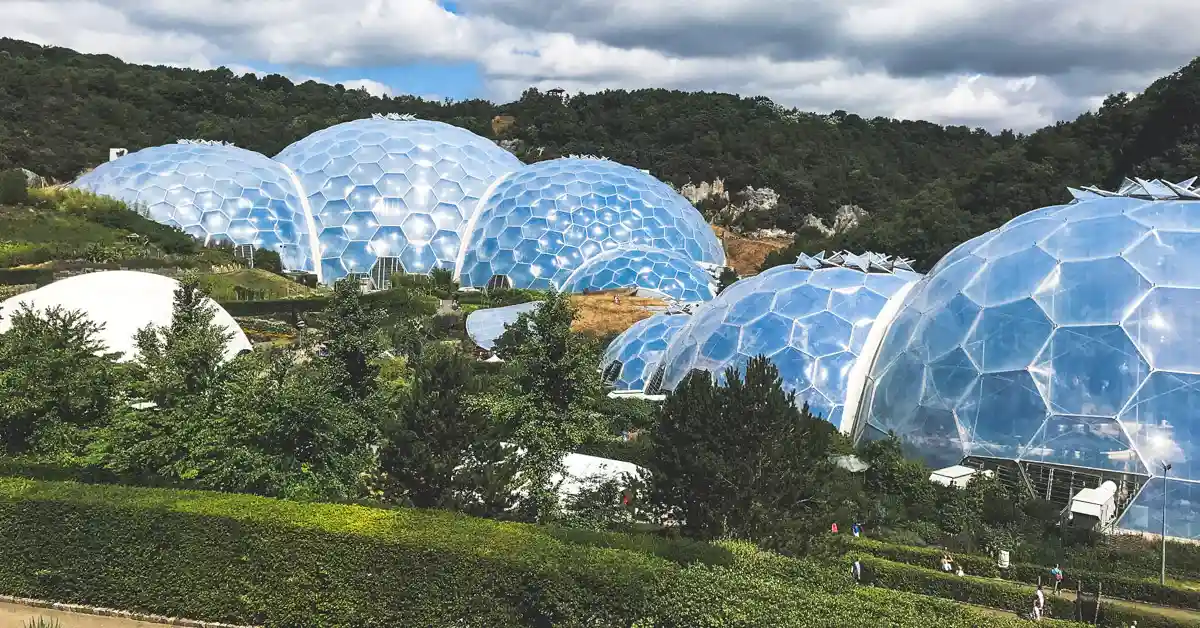
Singapore
Beyond individual buildings, biomimicry is also influencing urban planning and infrastructure design. For example, the concept of “biophilic cities” aims to integrate nature into urban environments to improve residents’ quality of life and enhance ecological resilience. Cities like Singapore are incorporating green roofs, vertical gardens, and biodiversity corridors to create more sustainable and livable urban spaces inspired by natural ecosystems.
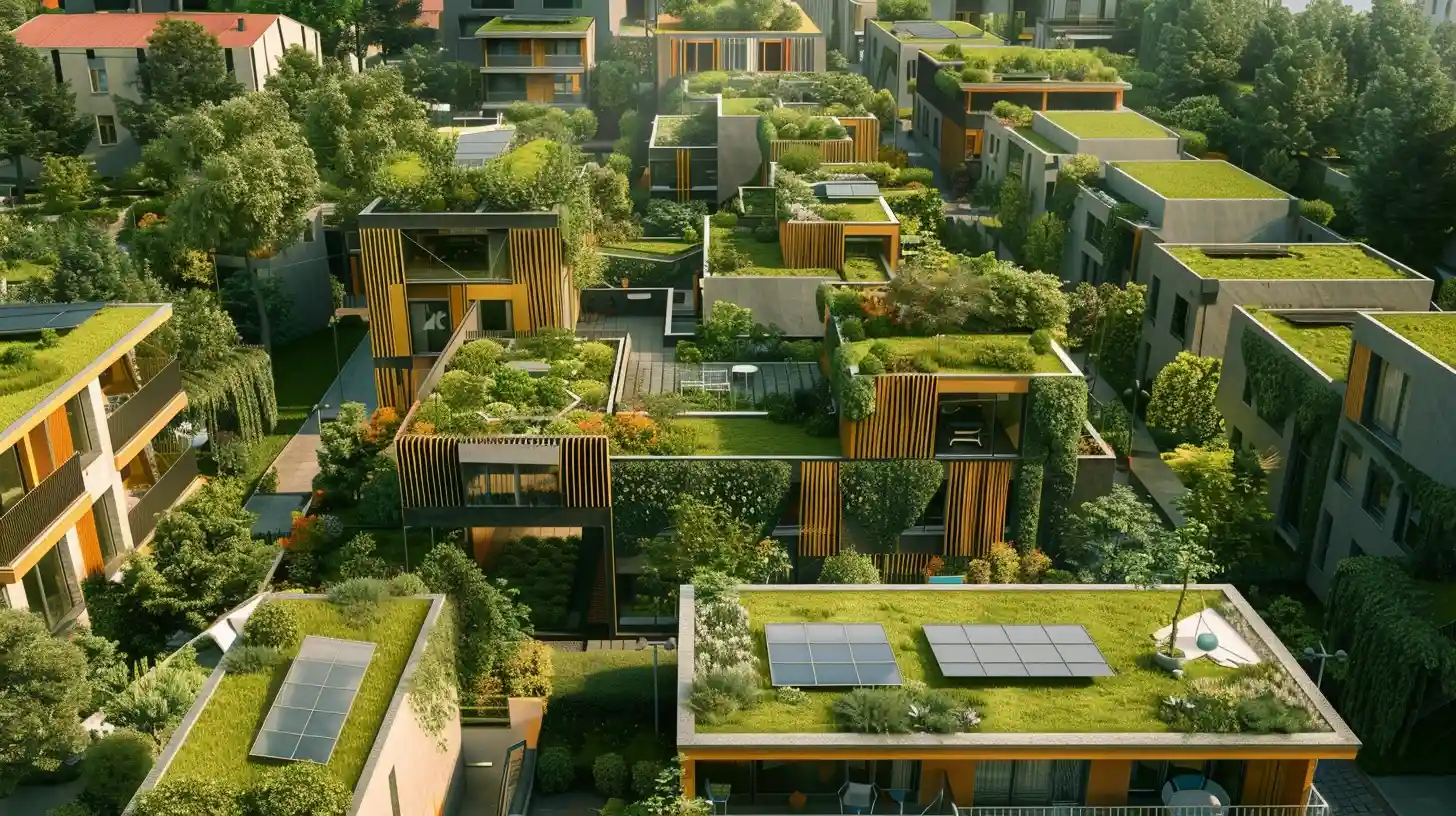
Designs Boss’ Two Cents
As we continue to face urgent challenges such as climate change, resource depletion, and urbanization, biomimicry offers a promising pathway towards more sustainable and resilient built environments. By learning from nature’s genius and applying its principles in architectural design, we can create buildings and cities that not only meet our needs but also thrive in harmony with the natural world.
To learn more about how biomimicry can transform your architectural projects, reach out to Designs Boss, our architecture design company. Our team of experts is here to help you embark on your biomimetic design journey and bring your vision to life. Let’s build a brighter, greener future together!


